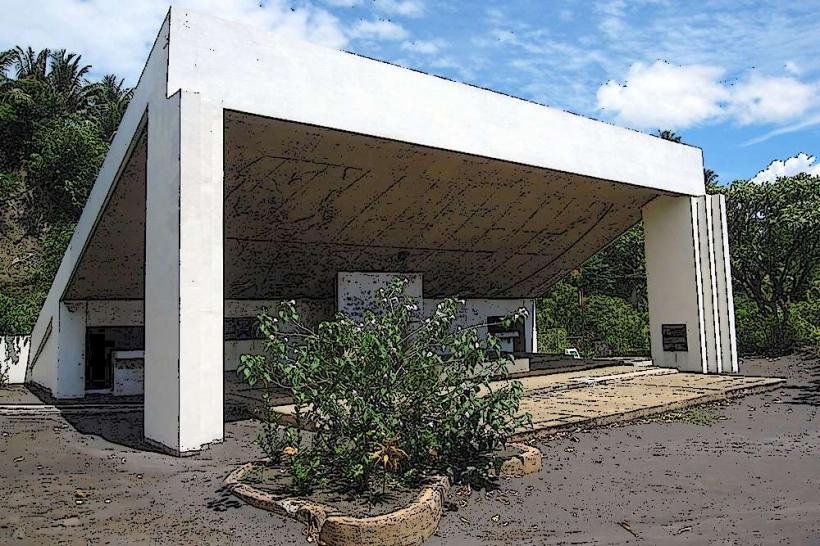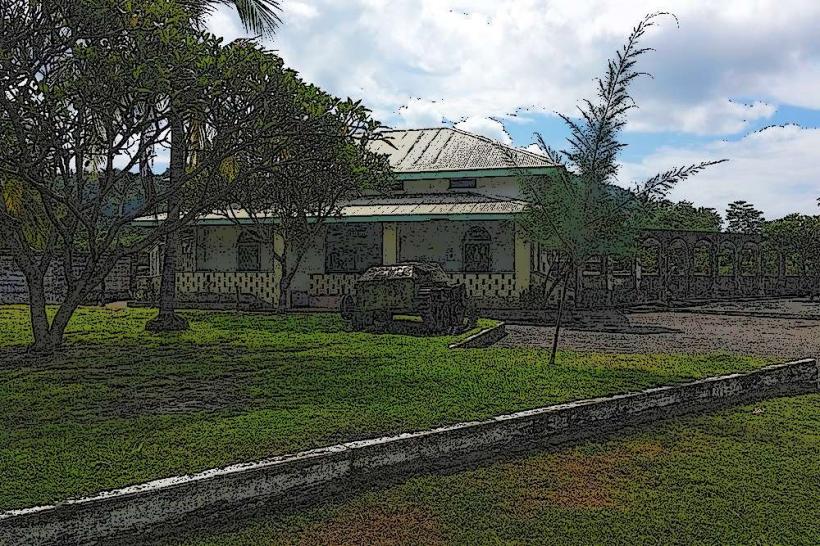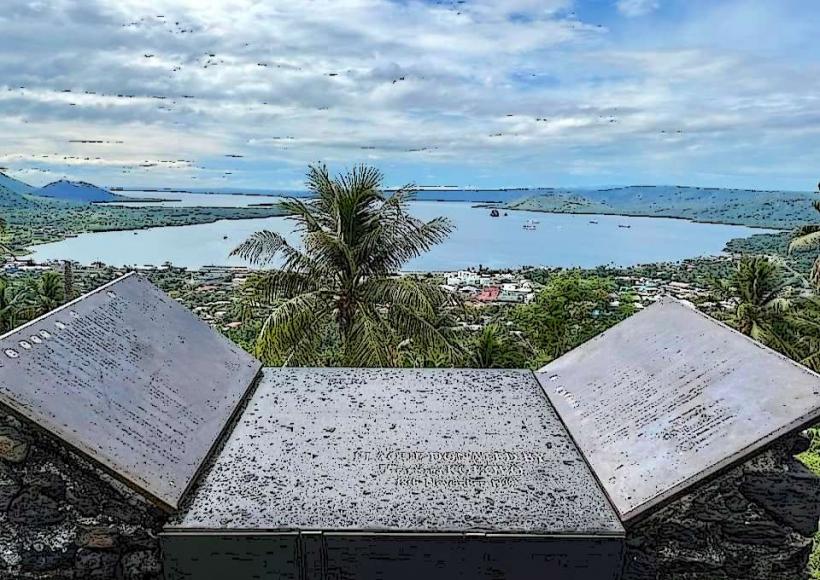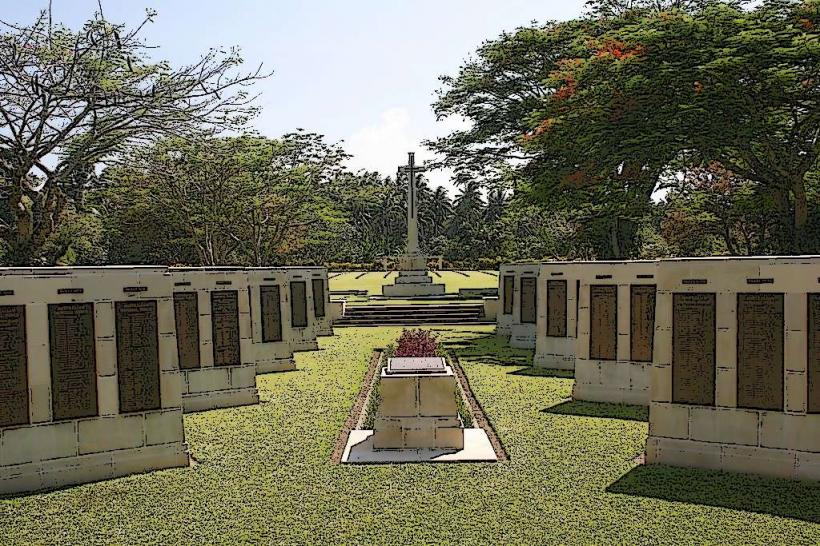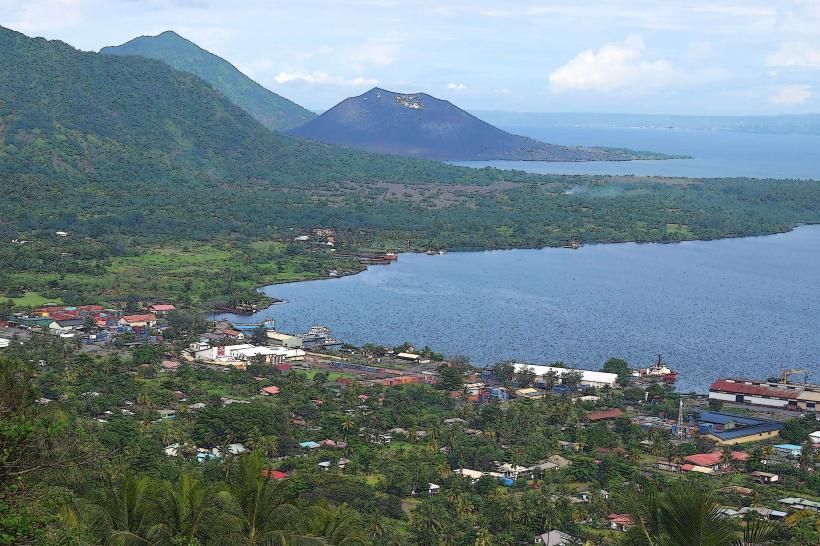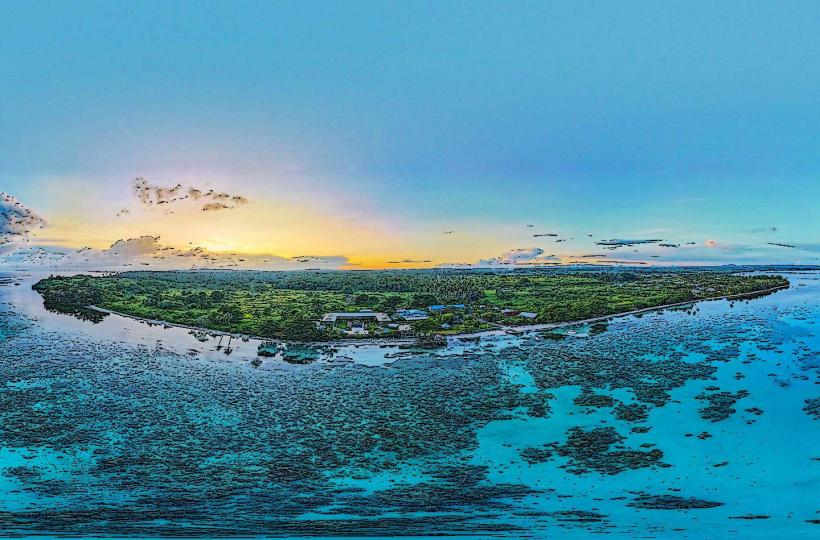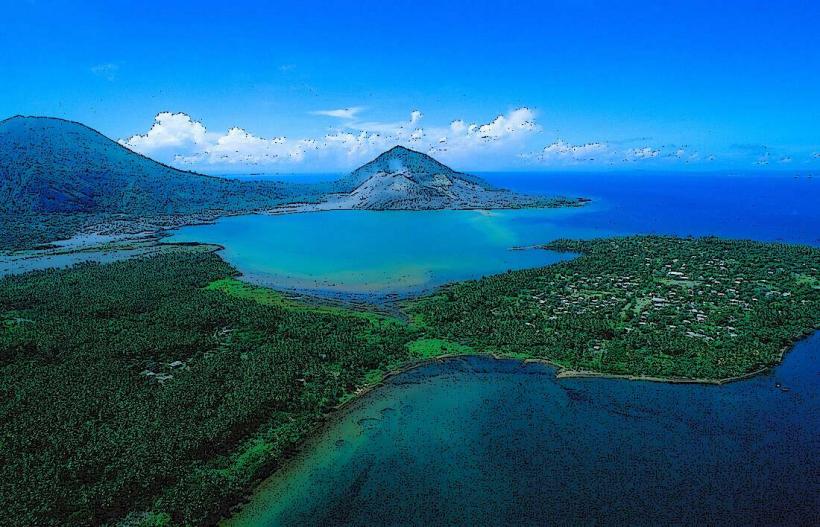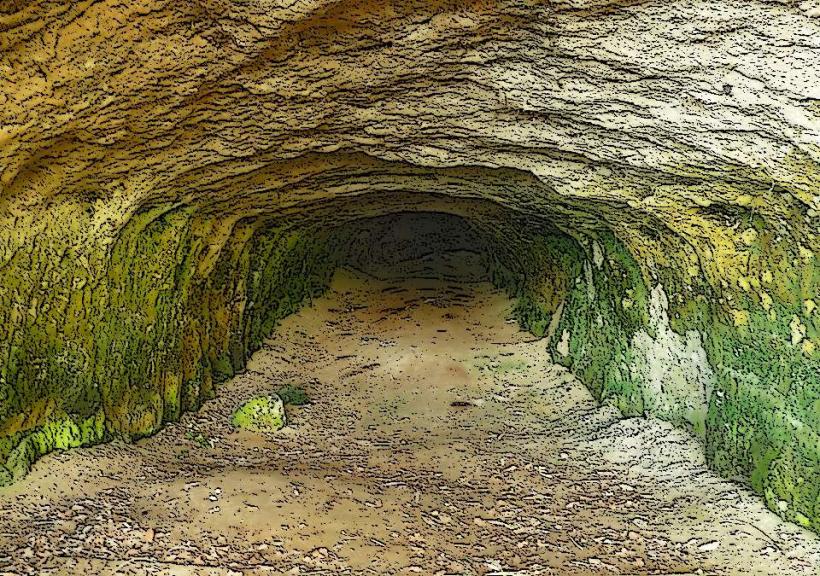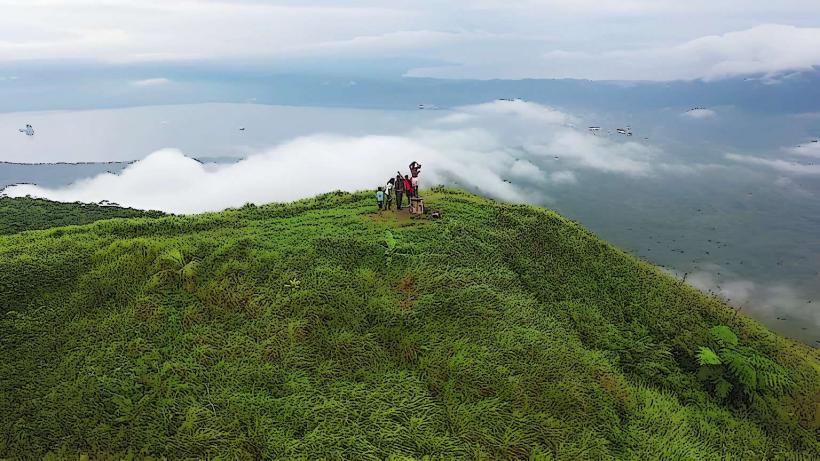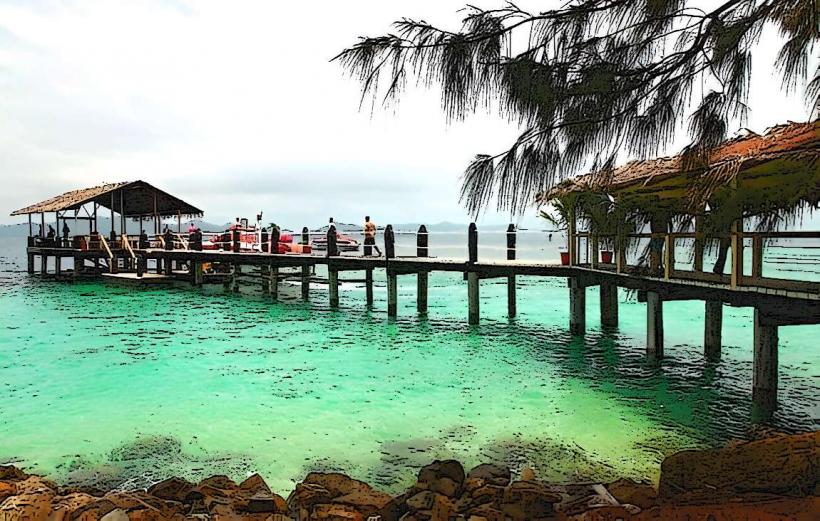Information
Landmark: Tavurvur VolcanoCity: Rabaul
Country: Papua New Guinea
Continent: Australia
Tavurvur Volcano is one of the most active and well-known volcanoes in Papua New Guinea, located near the town of Rabaul in East New Britain Province. It forms part of the Rabaul Caldera, a large volcanic crater created by ancient eruptions. Tavurvur has become an iconic natural feature in the region, largely due to its frequent eruptions and its impact on the local community and environment.
Key Features and Significance:
Geographical Location:
- Tavurvur is situated on the edge of the Rabaul Caldera, which is located on the Gazelle Peninsula of New Britain Island. It is close to the town of Rabaul, which historically served as the capital of East New Britain.
- The volcano rises just to the north of the town, overlooking Rabaul Harbour. Its proximity to the town and harbor has made it both a beautiful and a hazardous landmark.
Volcanic Activity:
- Tavurvur is classified as a stratovolcano, meaning it has a steep, conical shape formed by layers of lava and ash from previous eruptions. It is known for its explosive eruptions, which are often accompanied by ash clouds, pyroclastic flows, and lava fountains.
- Tavurvur is part of the Rabaul Volcanic Complex, a group of volcanoes that includes several others within the Rabaul Caldera. The caldera itself was formed by an eruption approximately 1,500 years ago, and Tavurvur has been an active part of the complex ever since.
- The volcano has been erupting intermittently for centuries, and its most significant eruption in modern history occurred in 1994.
1994 Eruption:
- The eruption of Tavurvur in 1994 was a major event in the history of the region. On September 19, 1994, Tavurvur erupted violently, sending ash plumes and lava flows into the atmosphere. The eruption caused widespread devastation in the area, including the town of Rabaul.
- The eruption, which was followed by another eruption at the nearby Ulvur Volcano, buried much of Rabaul town in ash, severely damaged the infrastructure, and forced the relocation of the provincial capital to Kokopo.
- Although the eruption resulted in no direct fatalities in Rabaul itself, the economic and social impacts were immense, as many buildings, homes, and businesses were destroyed or severely damaged. The airport, port, and water supply systems were also disrupted.
- The 1994 eruption drastically changed the landscape of the surrounding area. Many buildings in Rabaul were damaged, and Matupit Island and nearby areas also suffered from the volcanic fallout.
- Following the eruption, Tavurvur remained active, with smaller eruptions and regular volcanic activity continuing to shape the region. This activity makes Tavurvur one of the most monitored volcanoes in the world.
Current Activity:
- Tavurvur remains an active volcano, though its eruptions have been less frequent in recent years. The Rabaul Volcano Observatory closely monitors the volcano’s activity, providing valuable information to local communities and tourists.
- Though eruptions are unpredictable, Tavurvur's eruptions are often characterized by ash plumes and lava fountains that can be seen from Rabaul and surrounding areas. However, due to the relatively safe distance from Rabaul and proper monitoring systems, the risk to human life is minimized.
- Tavurvur continues to be a source of geological and scientific interest, as it provides insight into the behavior of active volcanoes and the challenges of living in volcanic regions.
Tourism and Exploration:
- Tavurvur Volcano is a popular attraction for tourists interested in volcanic activity, geology, and natural landscapes. Visitors to the region can view the volcano from a safe distance, with designated viewing points offering panoramic views of the eruption plume, the crater, and the surrounding Rabaul Harbour.
- The Rabaul Volcano Observatory offers guided tours and educational resources about the volcano's history, current activity, and the scientific efforts to monitor volcanic eruptions.
- The volcano is also part of diving and snorkeling tours in the region. Wreck diving in nearby Rabaul Harbour allows divers to explore submerged World War II relics, including sunken ships and planes that were affected by the 1994 eruption.
- The dramatic landscape surrounding Tavurvur, with its active volcanic features, ash-covered terrain, and lush vegetation, makes the area a unique destination for adventure travelers and those interested in nature and volcanism.
Impact on Local Communities:
- Tavurvur’s eruptions have had both positive and negative impacts on local communities. The ash deposits from the volcano provide fertile soil for agriculture, supporting the production of crops such as cocoa, coffee, and copra. Many local farmers rely on the volcanic soil for their livelihoods.
- However, the volcano’s unpredictability has also created challenges for the region’s population. People living near the volcano must stay vigilant and be prepared for potential evacuations, especially during periods of heightened activity. The local government, along with the Rabaul Volcano Observatory, works to provide early warning systems to keep the community informed about volcanic threats.
Environmental Considerations:
- The volcanic activity of Tavurvur and other nearby volcanoes has a significant effect on the surrounding environment. Ash fallout can affect air quality, disrupt local agriculture, and impact marine life in the region.
- Despite the risks, the volcanic landscape around Tavurvur is ecologically rich, with unique flora and fauna that have adapted to the volcanic conditions. The region’s marine ecosystems are also vital for local fishing industries, though they can be temporarily affected by volcanic ash and debris.
Conclusion:
Tavurvur Volcano is one of Papua New Guinea’s most iconic and active volcanoes, with a rich history of eruptions and ongoing geological activity. Its 1994 eruption left a lasting mark on the region, reshaping both the landscape and the local economy. Today, it continues to be a source of scientific interest and a popular destination for travelers and tourists seeking to experience the power of nature firsthand. Despite the risks associated with living near an active volcano, the communities in the region have adapted to their surroundings, with volcanic activity playing a central role in the cultural and environmental landscape of East New Britain.

